The best way to catch early warning signs is through a regular eye exam. Optometrists can detect and diagnose glaucoma by assessing your vision and overall eye health. […]
Can an Optometrist Diagnose Glaucoma?
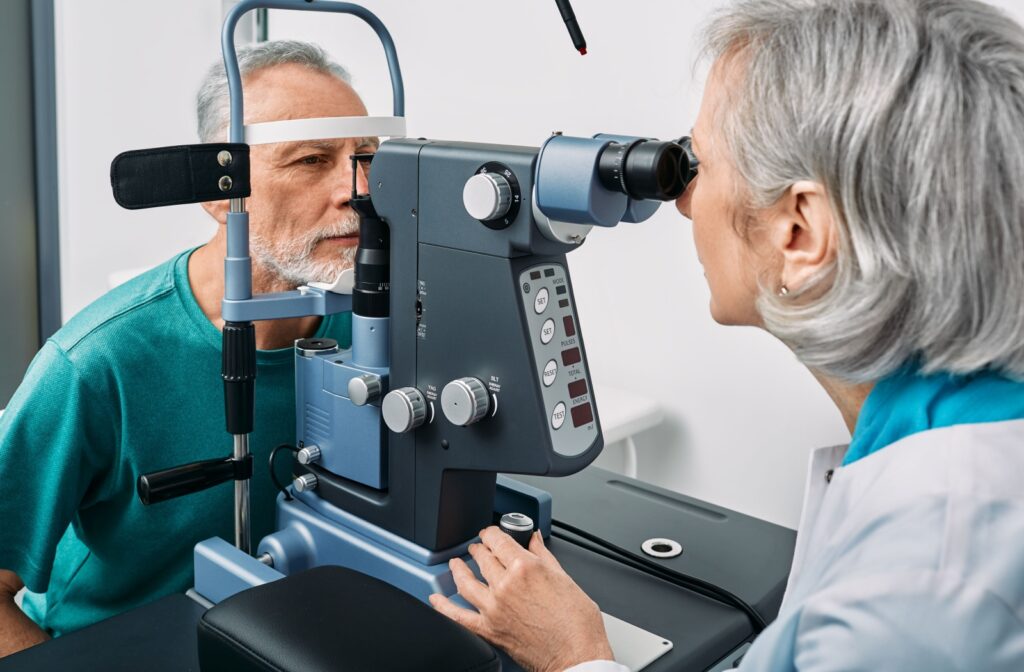


The best way to catch early warning signs is through a regular eye exam. Optometrists can detect and diagnose glaucoma by assessing your vision and overall eye health. […]
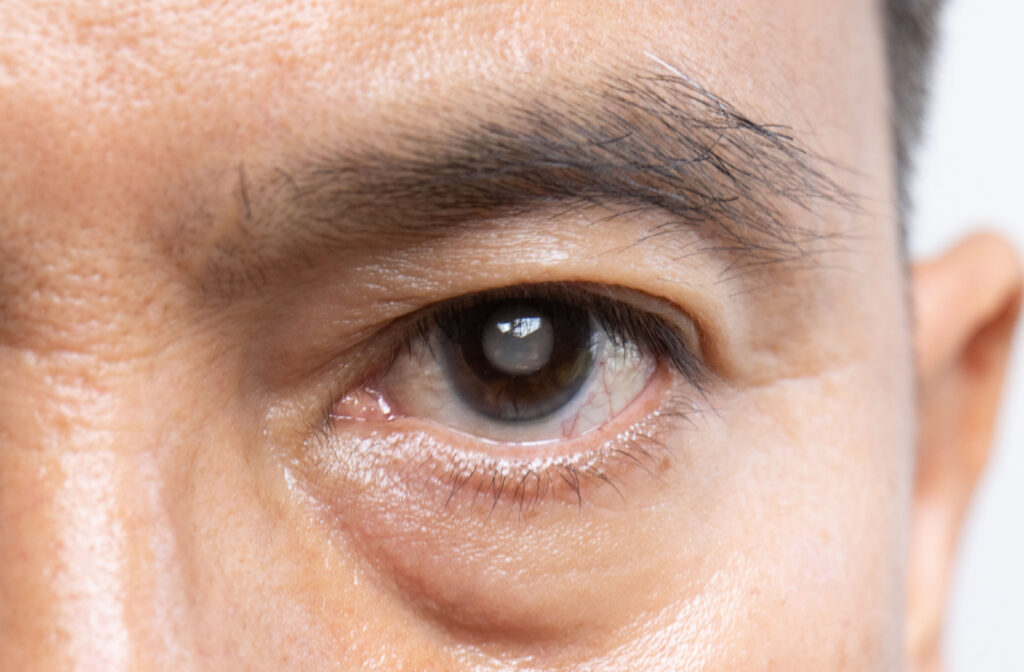
Cataracts and glaucoma differ in many ways—they affect different parts of the eye, have separate causes, and the treatments have different outcomes. Surgery can help restore lost vision from cataracts, while glaucoma treatments can only preserve your remaining vision. […]
Read More… from What’s the Difference Between Cataracts & Glaucoma?
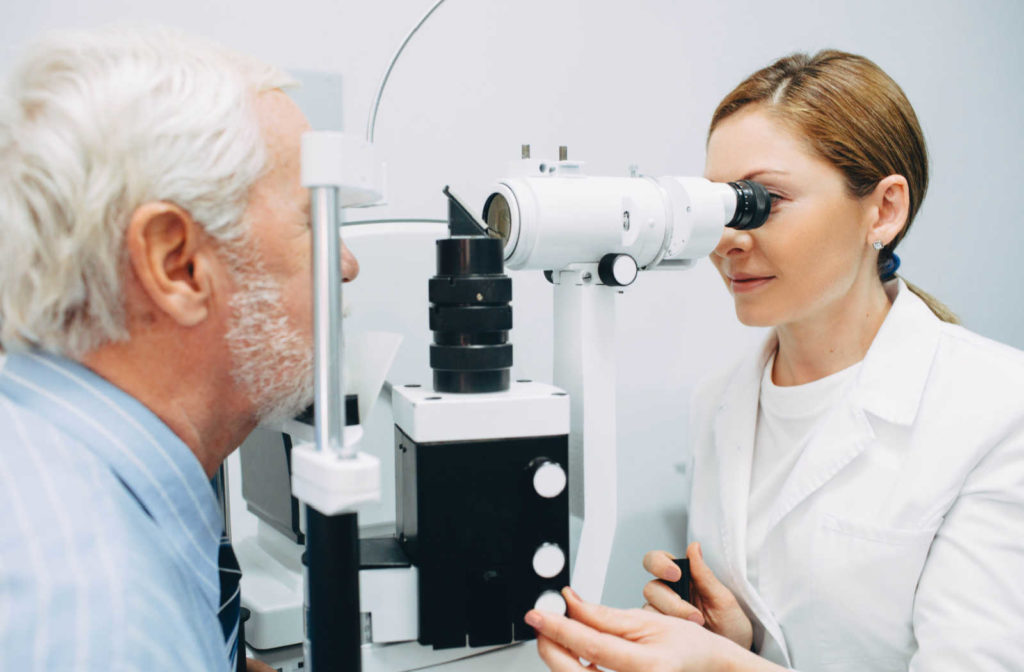
Your eyes can say more about your health than you may expect. With a comprehensive eye exam, your optometrist can detect early signs of eye disease, sometimes long before you notice the first symptom! Your optometrist can even detect diabetes with an eye exam by examining the blood vessels at the back of the eye. […]
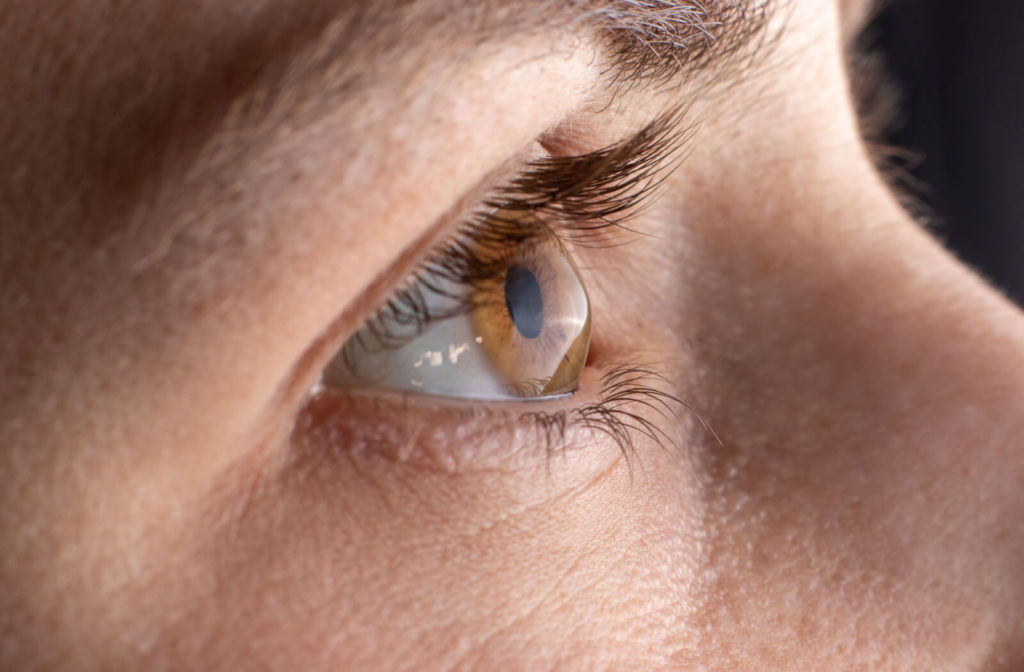
When you have keratoconus, there are a variety of different contact lenses that can be used to correct your vision. There are many options available, and it can be overwhelming to figure out which one will be best for you. Soft contacts, rigid gas permeable lenses, scleral, and hybrid lenses can all be suitable for […]
Read More… from Keratoconus Contact Lenses: What Are Your Options?
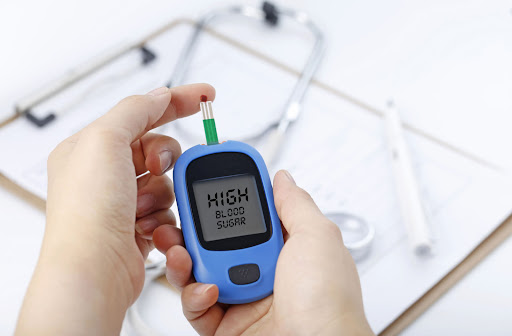
Did you know that if you have diabetes, it can affect your eyes? Diabetic retinopathy is an eye condition and a complication of diabetes that affects approximately 30% of adults over age 40. This eye condition is caused by damage to the blood vessels in the retina (the light-sensitive tissue at the back of the […]